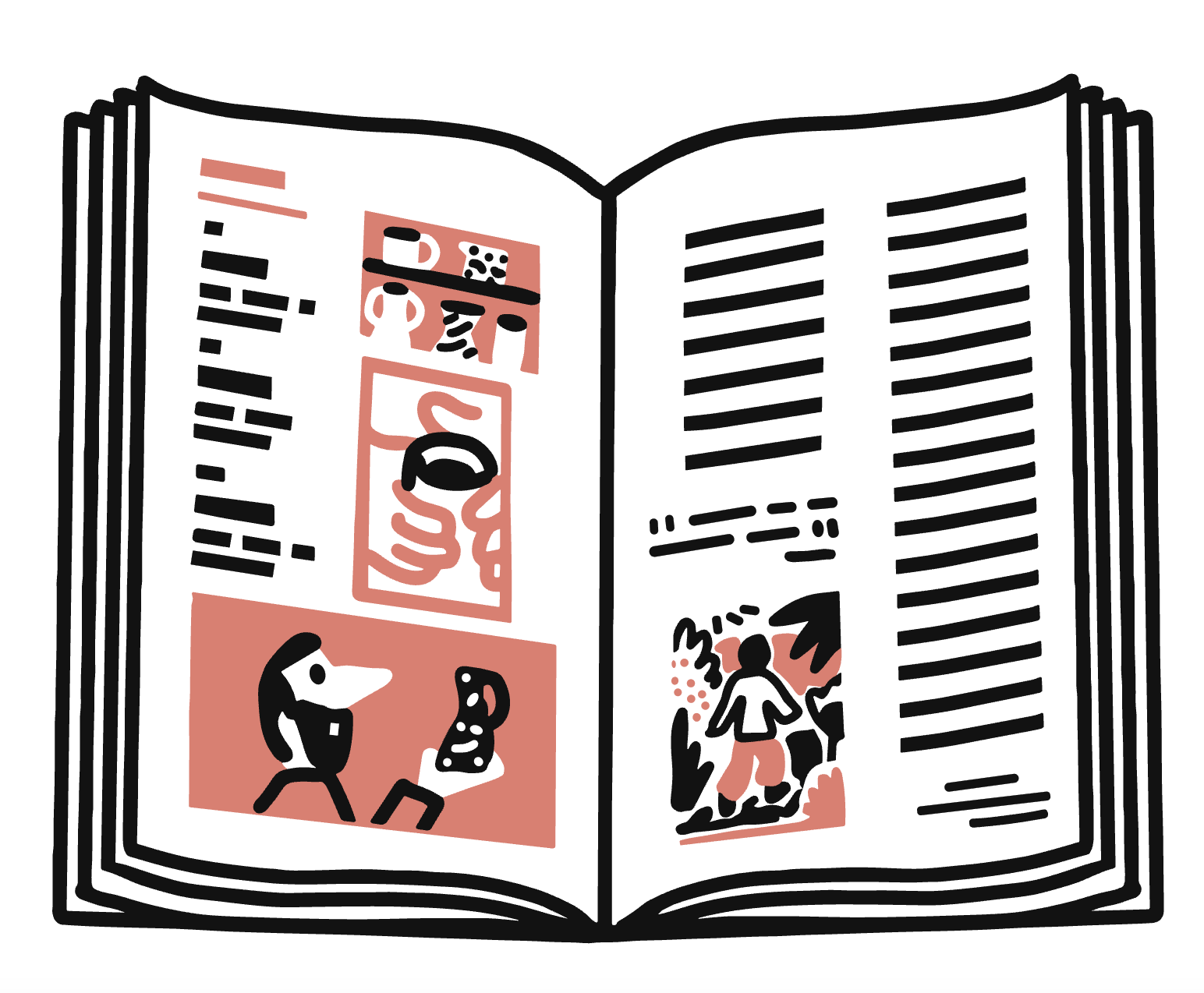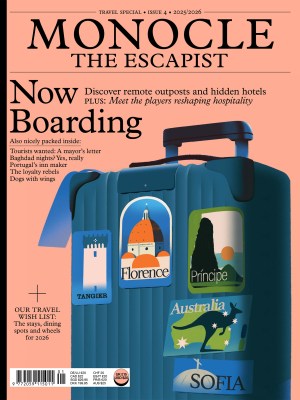How Bic has kept the ball rolling for 75 years – and what it has planned for the future
No one ever really owns a Bic pen, but it’s a business going from strength to strength. We meet its CEO, Gonzalve Bich, as he prepares to hand over control.
It’s highly likely that there are several Bic pens in your house – and you almost certainly will have no idea how they got there. Perhaps you bought a box of them years ago or swiped a handful from the stationery cupboard at work. Or maybe you found them at the bottom of a tote bag that you were handed at some conference or other. It’s also possible that you possess – again by means that you no longer recall – a Bic lighter and even a few Bic razors.
The French company, founded in 1945, is a paradox. It has sold billions of its products yet no one remembers buying them. Bic biros in particular have become a sort of collective possession. Most people wouldn’t think twice about picking up one of someone else’s; few would much care if theirs was swiped.

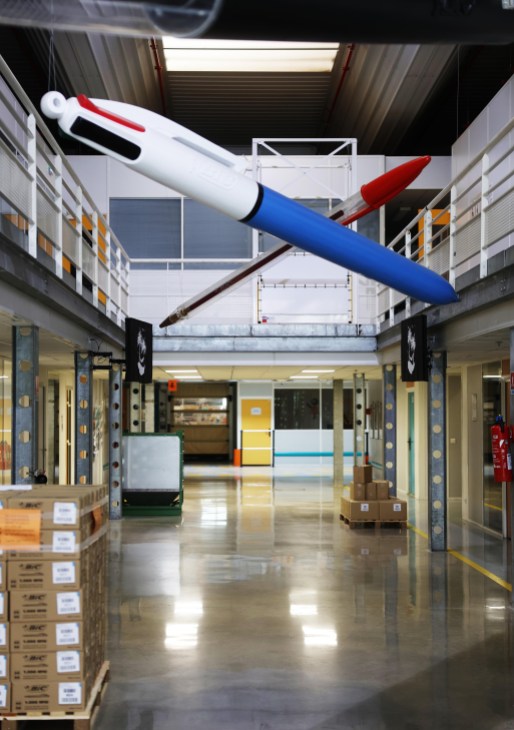
“One of the cool things about representing this brand is that I am with our consumers all day long,” says Gonzalve Bich, Bic’s 46-year-old CEO. “People will get up in the morning and shave with our razor. And then they will use our pen at work. Maybe when they get back home, they’ll light a scented candle with our lighter.”
Bich meets Monocle at the London offices of Tangle Teezer, a hairbrush manufacturer that Bic acquired late in 2024 for €200m. Bich sees it as a congruent addition to a line-up of brands known for simple yet elegant everyday items. Also among Bic’s current portfolio are lines of stationery, digital notebooks and temporary tattoos (Bic Sport, its windsurfing offshoot, was sold in 2019).
In some respects, it’s surprising that Bic has survived, let alone prospered. Developments in technology, fashion and society over the past couple of decades almost resemble a conspiracy to destroy the company: keyboards supplanting pens; beards coming back in style, slicing razor sales; the number of smokers falling, reducing demand for lighters. But the company has weathered evolving habits through its strategy of fiercely protecting the brand while selectively expanding its offering.
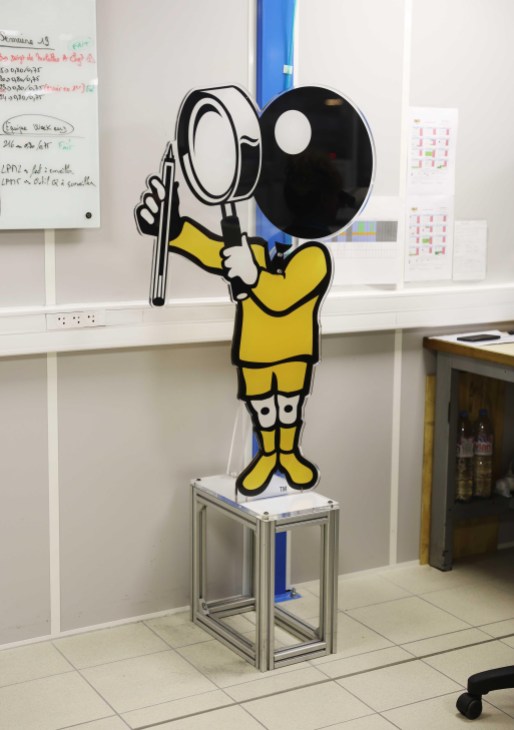
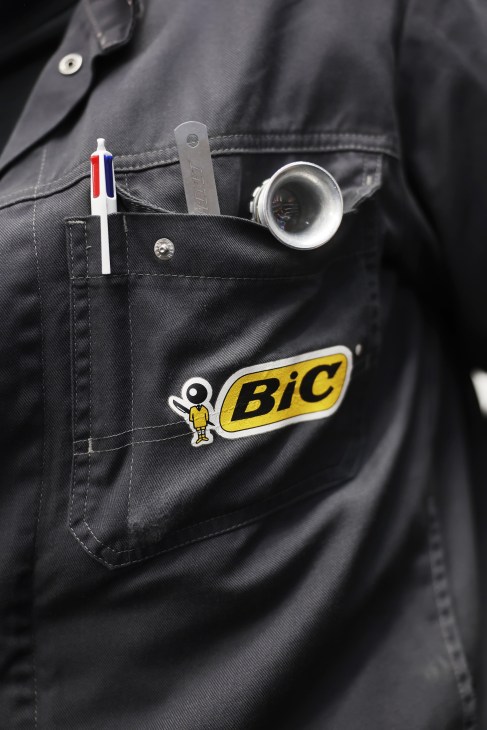
Bich, whose father oversaw the family firm from 1993 to 2006, has been its CEO since 2018. When he steps down later this year, his successor probably won’t be a Bich – but the company has had leaders from outside the family before. Bic was founded in 1944 by his Italian-French grandfather Marcel Bich, who bought the patent for the ballpoint pen from a Hungarian inventor called László Bíró. (The fact that both of their names have become synonymous with that invention attests to their success.) Marcel was the beau ideal of the eccentric European aristocrat: an heir to an obscure baronetcy who collected art, ordered his shoes from Church’s in Northampton and enjoyed 12-metre yacht racing, underwriting several unsuccessful attempts to win the America’s Cup.
As Bich tells it, his grandfather refused to accept that cheap, everyday products couldn’t be stylish. “He was obsessed with design, form and function,” says the CEO. “He was very much of the philosophy that perfection is when you can’t take anything more away, rather than asking, ‘How much can we add?’ I think that we still stand for that idea. The original Bic Cristal pen remains one of our bestsellers 80 years later.”
Like other Bic products, the Cristal pen is still made in France, at least for European consumers. Though the company now manufactures on five continents, it considers its Frenchness to be crucial. Bic’s HQ looks out on Boulevard Périphérique, a ring road in the Paris suburb of Clichy. Monocle is given a tour of the site by Clémence, the premises co-ordinator, who previously worked on the factory floor in the ink and cartridge workshop. Raw materials enter the facility at its southern end; finished, boxed-up pens exit at its north. Around the complex, we frequently spot the company’s cartoon avatar, Bic Boy: a schoolchild with a nib for a head, designed in the 1960s by Raymond Savignac. Bic boasts that it makes 25.4 million products every day across the globe. Watch the digital display atop a machine tracking how many red-ink Bic Cristals are being cranked out and this claim becomes eminently believable. The shift today began at 06.30. It is a tick after 11.00 and 44,723 more red Bic Cristals are on their way out into the world, possibly to terrorise the essays of the lackadaisical students of 44,723 weary teachers. (A Bic Cristal, assuming that you don’t lose it, will write for 3km. That’s a lot of statements to the effect of, “Disappointing… See me after class.”)
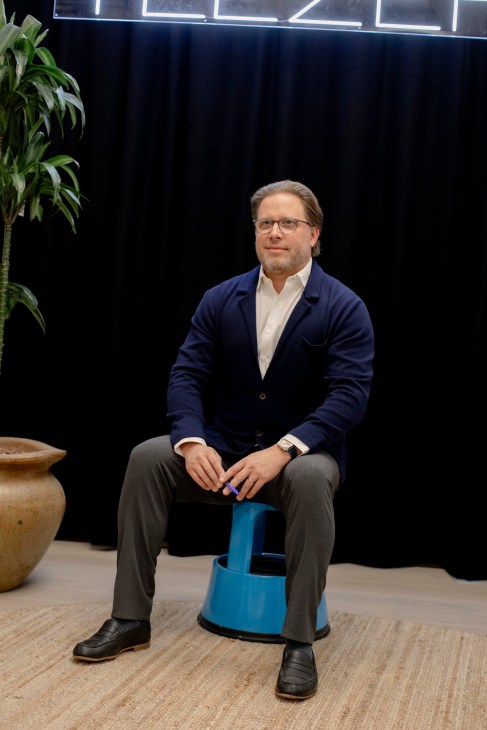
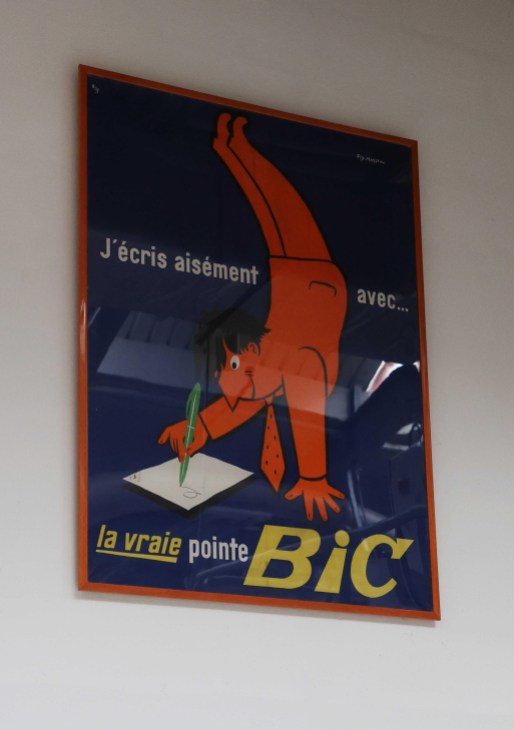
It is mesmerising to witness the precision and complexity involved in the manufacture of everyday items that will barely be spared a second thought once they leave here. The ball in the top of a Bic pen is made from tungsten carbide, which is polished with diamond paste and powder to give it its shape. To demonstrate how dense the 1.2 millimetre balls are, a Bic technician passes around a small milk-carton-like bottle containing about 500,000 of them. It is only half-full but weighs almost 2.4kg.
Each of these balls will soon be mounted in a brass nib and connected to the plastic tube that holds the pen’s ink. This tubing is extruded in a single length through metal trenches of cooling water at 200 metres per minute – so fast that Monocle can’t see the translucent material moving – before being sliced to pen length by a furiously whirring blade.
Some of the machinery is designed and built in-house. “It’s something that we feel strongly about,” says Clémence. “When you have an idea, it’s better to do it yourself.” Quality control stations put randomly selected components to work, cranking out spirograph-style patterns to ensure that all of the pens are working as they should. On one such station, there’s a picture of Bic Boy scrutinising a nib through a magnifying glass.

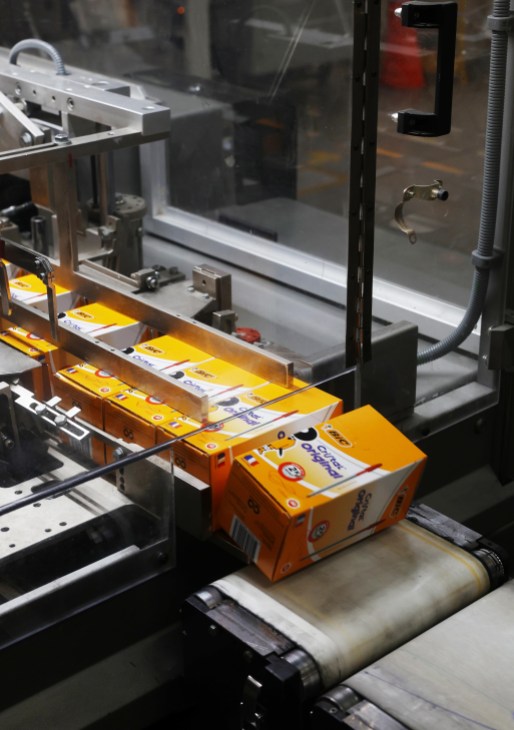
These days the idea of a “disposable” plastic product seems less like a beguilingly modernist selling point than a crime against the environment. Back at Tangle Teezer in London, Bich tells Monocle about Bic’s move towards recyclable products and packaging. In the past five years, he says, the company has gone from using 20 per cent recycled, reusable or compostable packing materials to 85 per cent – and is aiming for 100 per cent. “But we can only do that when it doesn’t affect the quality or technical characteristics of the product,” he says. “You don’t want the barrel of the pen snapping in half because we have used some kind of substandard recycled plastic.”
When Bich became Bic’s CEO, the company was grinding through what was, by its standards, a low ebb. Its 2017 annual report described, with an almost audible wince, “A Challenging Year with Unprecedented Levels of Volatility”. “Things were still working,” says Bich. “But they weren’t working quite as well as they had been. There’s that optimisation curve: once you go past it, things start getting painful and we were there.”
So Bich implemented “Horizon”, the first global strategic plan in Bic’s history. “We told our team, ‘You’re no longer just a maker and brand of pens. You’re a human expression company,’” he says. That meant diversifying, with forays into other products such as digital notebooks. “We opened up what we should be working on and what problems we should be solving for the consumer.”

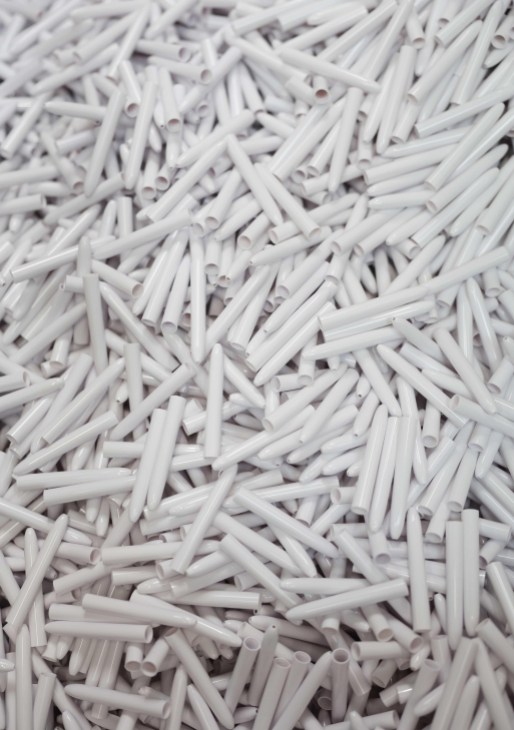
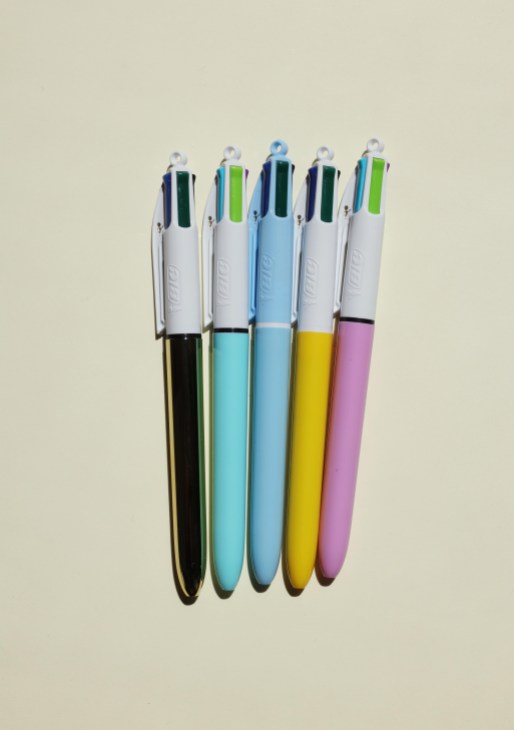
Corporate history, however, is strewn with the carcasses of much-loved brands that, dissatisfied with the customers they had, chased after others who proved illusory. “That’s fair,” says Bich. “But if the consumer says, ‘This is just a commoditised product and I don’t care about brand A or brand B, or how it feels,’ then you have lost that battle. As long as you’re still the best-loved brand and most recognisable product, you can put it in Lagos, São Paulo, Tokyo, New York or wherever you want.”
After leaving Bic, Bich plans to concentrate on the foundation that he has launched to support families that, like his own, are contending with the challenges facing children with autism. “It will be about sharing experiences and perspectives, always with the goal of strengthening the family unit and ultimately the community,” he says, “It will yield better outcomes for everyone involved.”
Nevertheless, he sounds sorry to be departing and closes our interview with some advice that he would like to share with his successor.“Always respect the past,” he says. “Those things that made the tree strong, the nutrients in the soil in which the roots are buried, the flowers around the tree – cherish them and make them grow. And follow your intuition. You have to deal with data when you’re running an organisation this big – I have terabytes of it to look at and all sorts of experts to consult – but at the end of the day humans are the ones who make the ultimate choices. Investment A or investment B? Packaging colour A or packaging colour B? Trusting your instincts over the long term as a leader is incredibly important.”
bic.com
1988
Launch of the short-lived Bic perfume, which ceases production in 1991.
1990
Launch of a range of decorated lighters, joined the following year by Bic’s first electronic lighter.
1992
Bic purchases the US correction product Wite-Out to help its pen users correct their mistakes.
1994
French launch of the Bic Twin Lady bi-blade, a razor aimed at women, in pastel shades.
1997
Bic consolidates the correction product market by buying Tipp-Ex.
2001
The Metropolitan Museum of Art in New York adds the Bic Cristal to its permanent collection (the Bic Maxi lighter follows in 2005).
2004
Launch of the Bic Soleil razor for women and the Bic 3 – a triple-bladed implement – for men.
2017
Launch of Ubicuity, a collection of outdoor furniture made from recycled pens through a partner called Plas Eco.
2018
Launch of temporary tattoo marker BodyMark. (Four years later, Bic acquires Canada’s Inkbox and US decal brand Tattly.)
2019
Launch of Made for You, Bic’s first gender-neutral razor.
